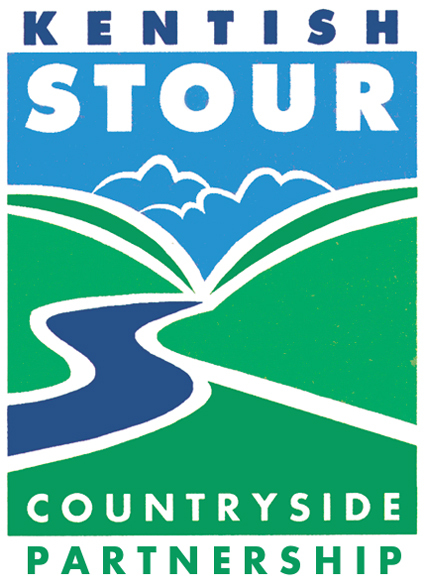Project Portfolio
Our work at the Partnership takes us all over the Stour Valley, and over the years we have worked on a considerable list of sites. This portfolio lists some examples of our work.
National Education Nature Park Grants – Grey to Green Projects
A programme funded by the Department for Education meant that 26 schools in Kent were eligible for a Nature Park Grant. The scheme is being promoted and co-ordinated by KCC. Grants for ‘grey to green’ projects of up to £10,000 were available to create new, greener areas that support a much greater diversity of life. We have designed, costed and built new green features such as raised beds and ponds for 4 schools; St. Anthony’s, St. Johns, St. Laurence and Newlands.
Barn owl boxes
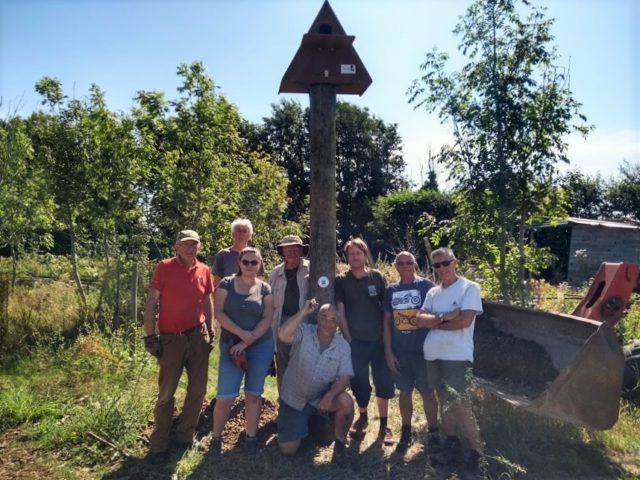
Barn Owls were once common, but their numbers have crashed over the last two centuries due to loss of hunting grounds and traditional nesting sites, such as old farm buildings and hollow trees. Nest boxes like the ones we put up have helped to reverse this decline, with numbers starting to recover since the 1990s.
Westgate Parks

Westgate Parks are four distinctly different landscape character areas. Together they form a delightful stretch of recreational land which follows the Great Stour river from the heart of Canterbury’s busy city centre into the countryside.
Whitstable Tree Project
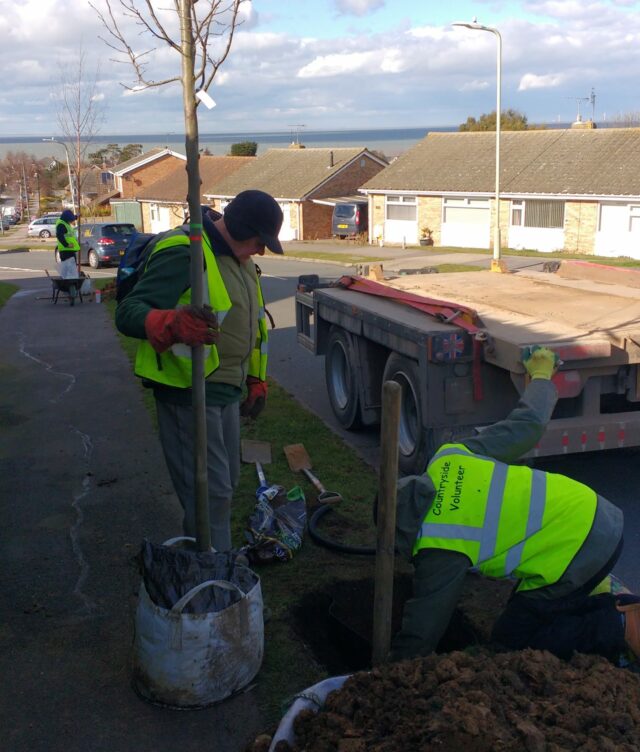
The Whitreeble Project was an attempt by a few local people to get a street tree planting scheme off the ground in Whitstable. Due to Kent County Council no longer having the funds to plant street trees none are now being planted in Kent unless through a development, in conservation areas or through community initiatives.
Buxford Fish Passage
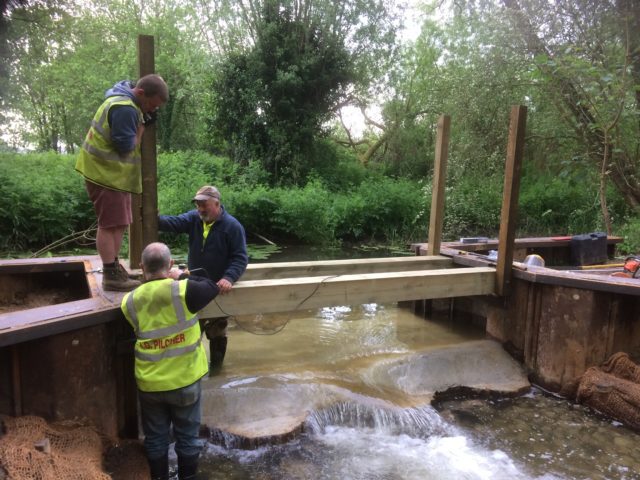
A pool and weir fish pass was created that runs through woodland beside Buxford Meadow. A footbridge was built and path work done as part of the project – to provide safe access.

Stour Valley Creative Partnership was based King’s Wood, Challock. Formed in 2015 to engage people with the environment through creative activities and to secure the legacy of Stour Valley Arts. SVCP delivered and supported new, innovative and creative projects taking place in, or motivated by, the woods, with a particularly good link with University for the Creative Arts in Canterbury, Public Art Unit. Sadly the Partnership was unable to continue after 2023. Follow this link to see some of the work that was achieved.
Seaton River Restoration
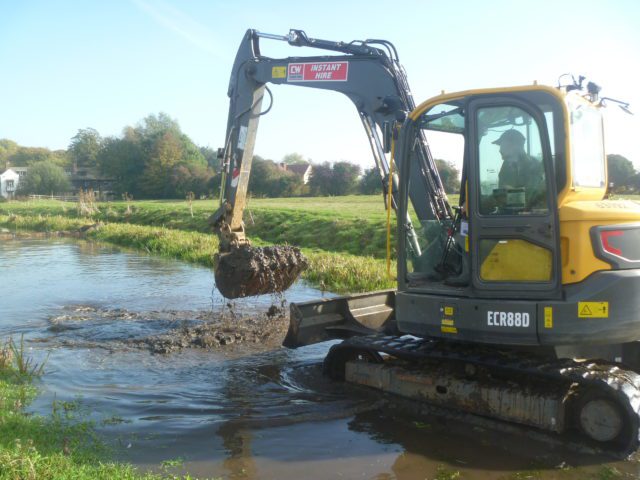
The aim of this project was to restore a stretch of river by changing the profile of the riverbed. We excavated a series of pools in the riverbed and placed gravels on the river’s edge to create berms. The result is a narrower, deeper, winding channel during summer when the water level is low. We also fenced the banks to exclude cattle and made repairs to a flood prevention bund.
Canterbury Riverside – Sainsbury’s
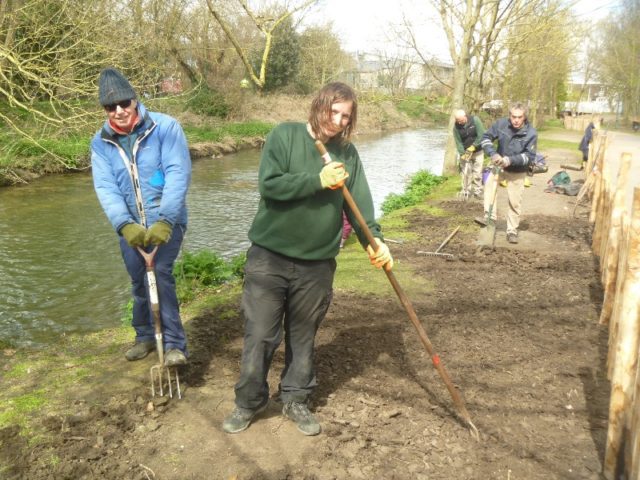
The riverbank at Sainsbury’s was eroding and denuded of vegetation by heavy footfall. We started by thinning trees to allow more light to reach the riverbank and encourage bankside plants to establishment.
Great Stour Way

The Great Stour Way is a surfaced multi-user path – for use by walkers, cyclists and wheelchair users – alongside the Great Stour between Canterbury and Godmersham. KSCP worked for many years to bring about this important sustainable transport link. Establishing the first phase of the path, from Canterbury to Chartham, was an aim written into our very first business plan when KSCP was set up, in 1993. In 2011 this stretch was finally surfaced along its entire length and launched as the Great Stour Way. Since then a second phase, between Chartham and Godmersham, has been opened.
Long Rock and Swalecliffe Brook

At Long Rock we created two scrapes (shallow wet areas) for birds, of 0.2 and 0.3 hectares in size. We used excavators to dig the scrapes, piling the spoil around them to form protective bunds. Public use of the site has been disturbing ground nesting and over-wintering birds, and water vole, so we installed information panels to make people aware of how valuable Long Rock is and how they can help. In future we hope to realign footpaths to reduce disturbance further.
Physic Garden, Westgate Parks

A physic garden is a natural pharmacy – a garden full of medicinal herbs to cure a range of illnesses and complaints. We worked with pupils from Simon Langton Girls School, who were involved in all stages of the project, from initial ideas and designs through to planting and opening to the public. Raised beds were constructed, each representing a different part of the body, featuring plants used for treating them. The design also featured a lavender maze. Mosaics with designs representing body parts were installed to identify the different beds.
Loudon Wood
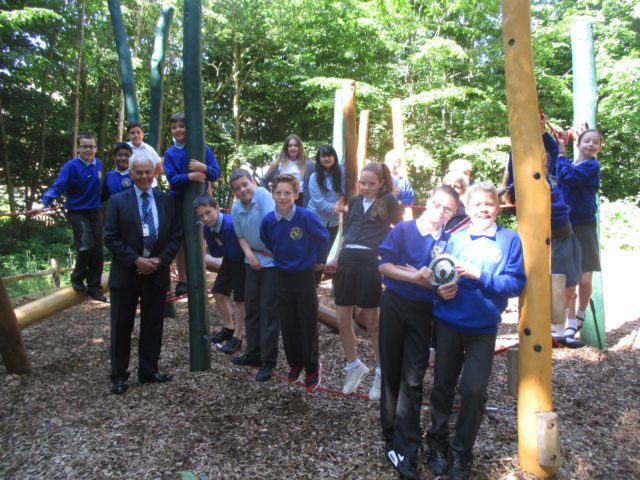
The aim was to improve this children’s play area, which was overgrown, vandalised and surrounded by off-putting high fences. We started by doing some consultation with children from Godinton Primary School and local residents. It was clear there was a need for a rejuvenated play area. Ideas from the consultation were taken forward in designs for a new woodland play area that would be sympathetic to and feel part of the woodland.
Woodland Biodiversity Project
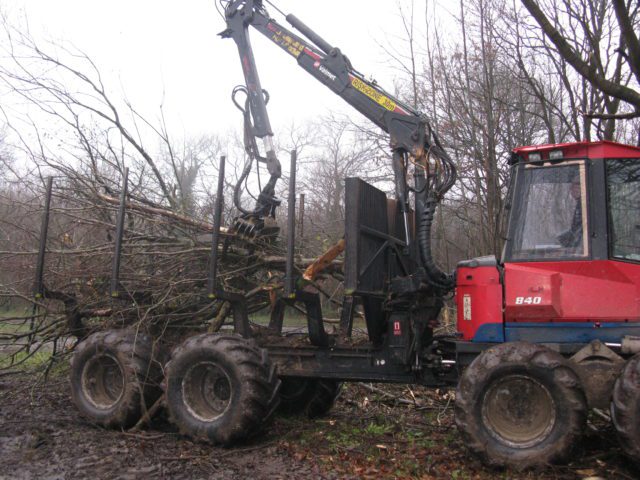
This project was a long-term, major programme of biodiversity enhancements to these four large woodlands, creating and improving habitats for a variety of wildlife. We also did a lot of community engagement and access work to enhance visitor usage. Forestry work was largely carried out by contractors.
Hastingleigh Pond
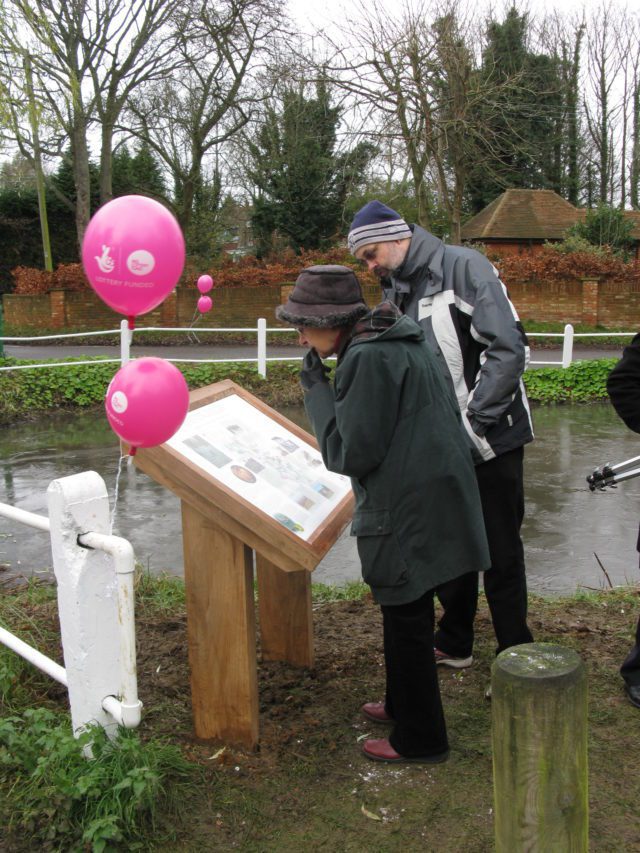
The village pond in the lovely downland village of Hastingleigh needed some TLC. After consultation with the Parish Council it was decided to make improvements to the pond and the area around it to create a pleasant green space and focal point for the village. We desilted the pond and cut back some nearby trees to reduce shading and leaf fall – this would also stimulate plant growth in the pond.
Savannah Wood
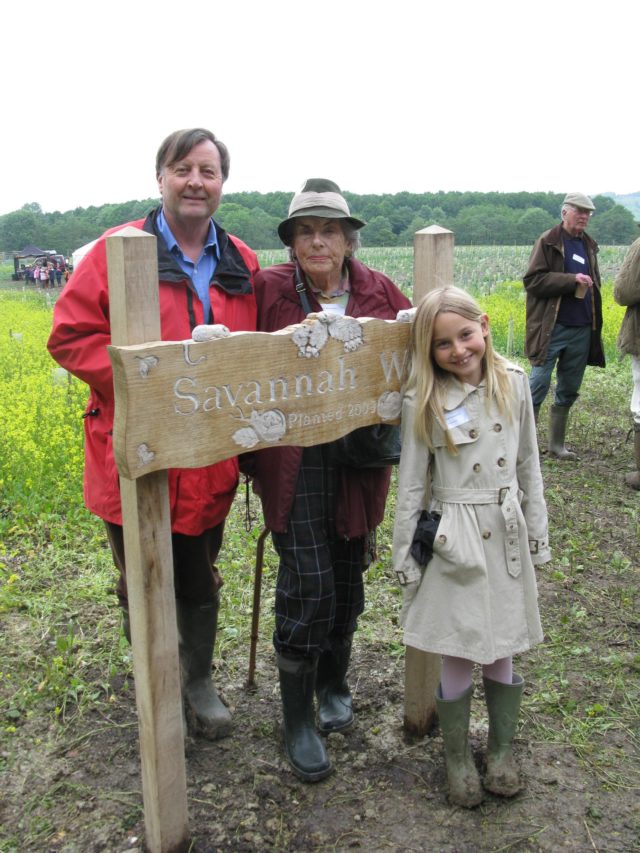
This project created a new 2.5 ha woodland, specifically aimed at creating habitat for hazel dormice. The new woodland replaced scrub removed for works in the M20 corridor. We planted 5500 trees, and erected deer fencing to prevent the new trees being browsed. Species planted included hazel, guelder rose, wayfaring tree, spindle, willow and wild cherry in the understorey, with oak standards and hornbeam along the boundary, as is traditional.
Willesborough Dykes Dormouse Project
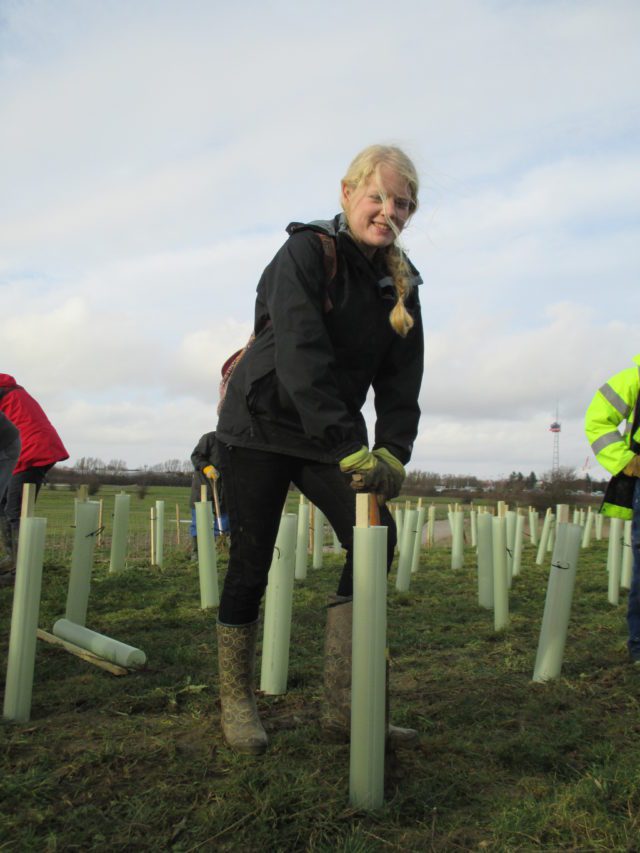
The Willesborough Dykes Greenway path (WDGP) is a new, multi-user green transport route, linking the suburb of Park Farm with Ashford town centre, which opened in 2014. In the process of creating the new route, about a quarter of the scrub growing in this area had to be removed. Surveys had shown that scrub in this area was being used by hazel dormice. We planted a new area of dormouse habitat to replace what had been lost. Volunteers from KSCP and TCV Kent planted some 3900 trees, all native species, creating a new woodland.
Westgate Parks Sculpture and Interpretation
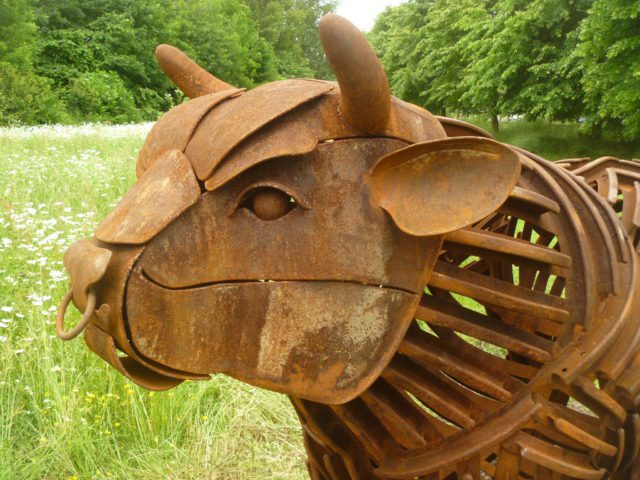
A new sculpture was commissioned for the Tannery Field site. This landmark piece, by artist Steve Portchmouth is a life-size bull made of steel rails. The field where it stands was once part of St Mildred’s Tannery, where cattle hides were made into leather.
One of the key areas visitors told us needed improving was the Rheims Way underpass linking Westgate Gardens to Toddler’s Cove. We developed a community art project, working towards a new meadow and river themed mural that was painted on the concrete stanchions of the underpass.
No Man’s Orchard
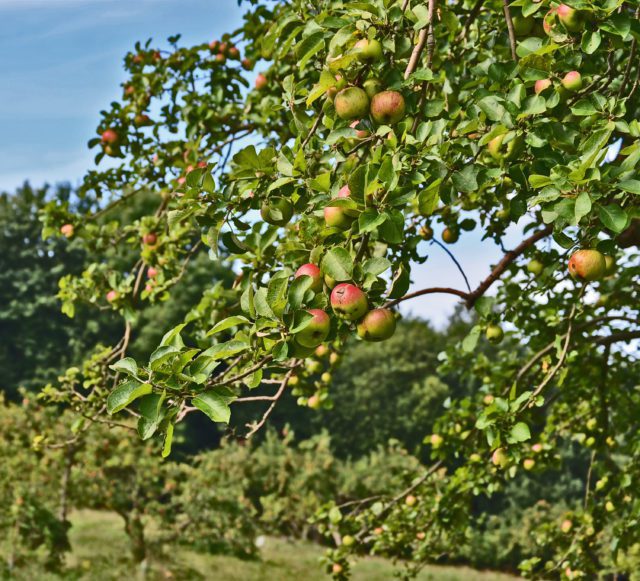
No Man’s Orchard, so-called because it straddles the boundary between two parishes, is a lovely old orchard on the North Downs Way. In 1996 when the landowner decided to sell the land our goal was to save the orchard and manage it to conserve its traditional landscape and wildlife value. We were already involved with the site, helping the owner with management. We helped the parish councils to raise funds to purchase the orchard. To oversee management, a committee was formed, with four members of each Parish Council and KSCP acting as an advisor, helping the committee with ideas, fundraising and management.
King’s Wood Ponds
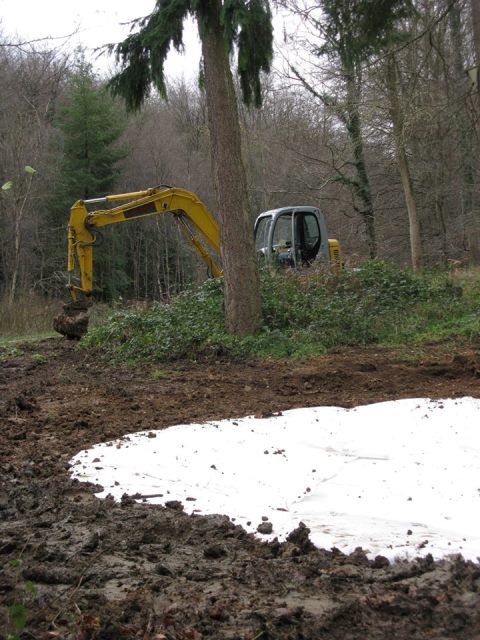
In 2004 we created two new wildlife ponds in King’s Wood, a large Forestry Commission woodland at Challock near Ashford, using ‘puddled’ clay, which is a traditional liner for ponds. In 2009 we created a third pond, this time using a man-made liner, as there had been problems with the first two ponds holding water (puddled clay isn’t best suited to some sites). In 2015 we re-lined the first two ponds with a man-made liner. Due to issues with dogs going into ponds and damaging liners we fenced off the ponds. We worked in partnership with the Friends of King’s Wood, who now monitor these and three other local ponds for amphibians.
Great Stour Meadow
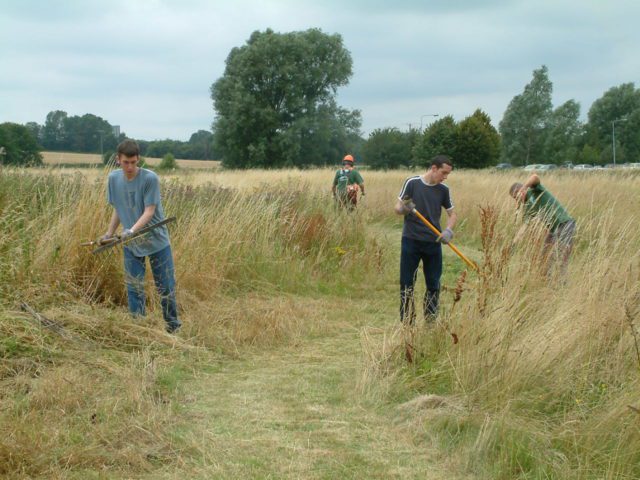
In the shadow of the large Givaudan fragrance factory on Kennington Road, Ashford, was 5 acre (2 hectare) field alongside the River Great Stour. It belonged to Givaudan (the company was called Quest at the time) and they had leased it out to a farmer who used it for arable crops. Its wildlife value was virtually nil. In 2002, we worked with Quest to sow the field as a wild flower meadow. Plant species included ox-eye daisy, black knapweed and field scabious, although grasses dominate as in all meadows.
Godmersham and Milton River Work

Many parts of the River Stour have been made less natural by human activity over the decades. Many sections have been straightened, the natural meanders removed; others have been widened or deepened, with natural features dredged out. This was generally done in an effort to prevent flooding, but in many cases it can lead to silt building up in the long term or cause flood risk issues downstream. It also leaves the river a much less diverse habitat. We undertook works to put back some of this diversity at two major sections of the Stour between Ashford and Canterbury.
Kingsnorth Ponds and Scrapes
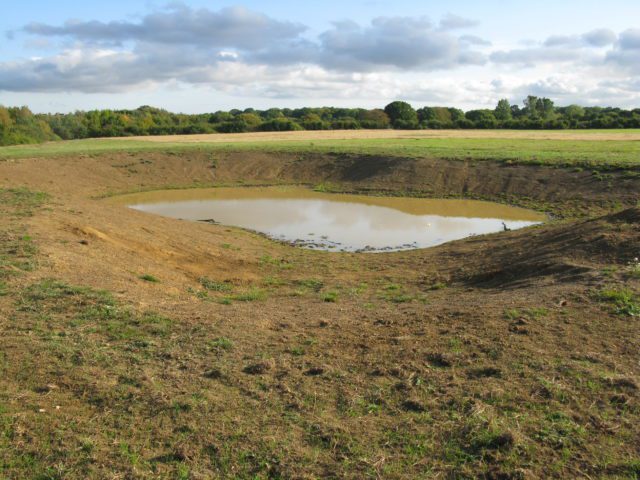
As Ashford expands, so increases the potential impact of urban development on existing villages close to the town. To reduce the negative effects of urban growth on Kingsnorth, a ‘buffer zone’ of undeveloped land has been left between the village and the new urban developments of Park Farm. This has created opportunities for habitat creation. We created six ponds and three scrapes (shallow wet areas). The work was carried out by contractors. These new wetland features and the fields around them are grazed by a tenant farmer.
Canterbury River Works
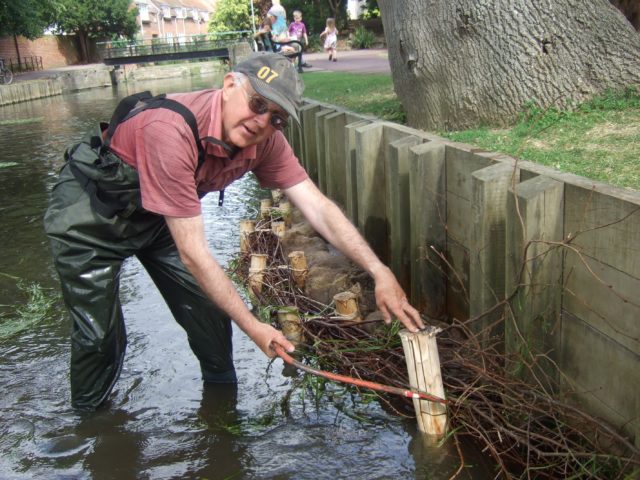
In common with many other parts of the River Stour, the stretch of river between Westgate Gardens and the A2 fly-over has lost many of its natural features – meanders straightened, natural banks replaced with hard surfaces and floodplains drained. We have undertaken various works to restore some of these features. In 2009-10 we restored a long section of riverbank to a more natural profile in Westgate Gardens. In 2012 to add diversity to the river bed, we used a contractor to create ‘low-flow channels’ with a large excavator, one location being close to Westgate Towers.
